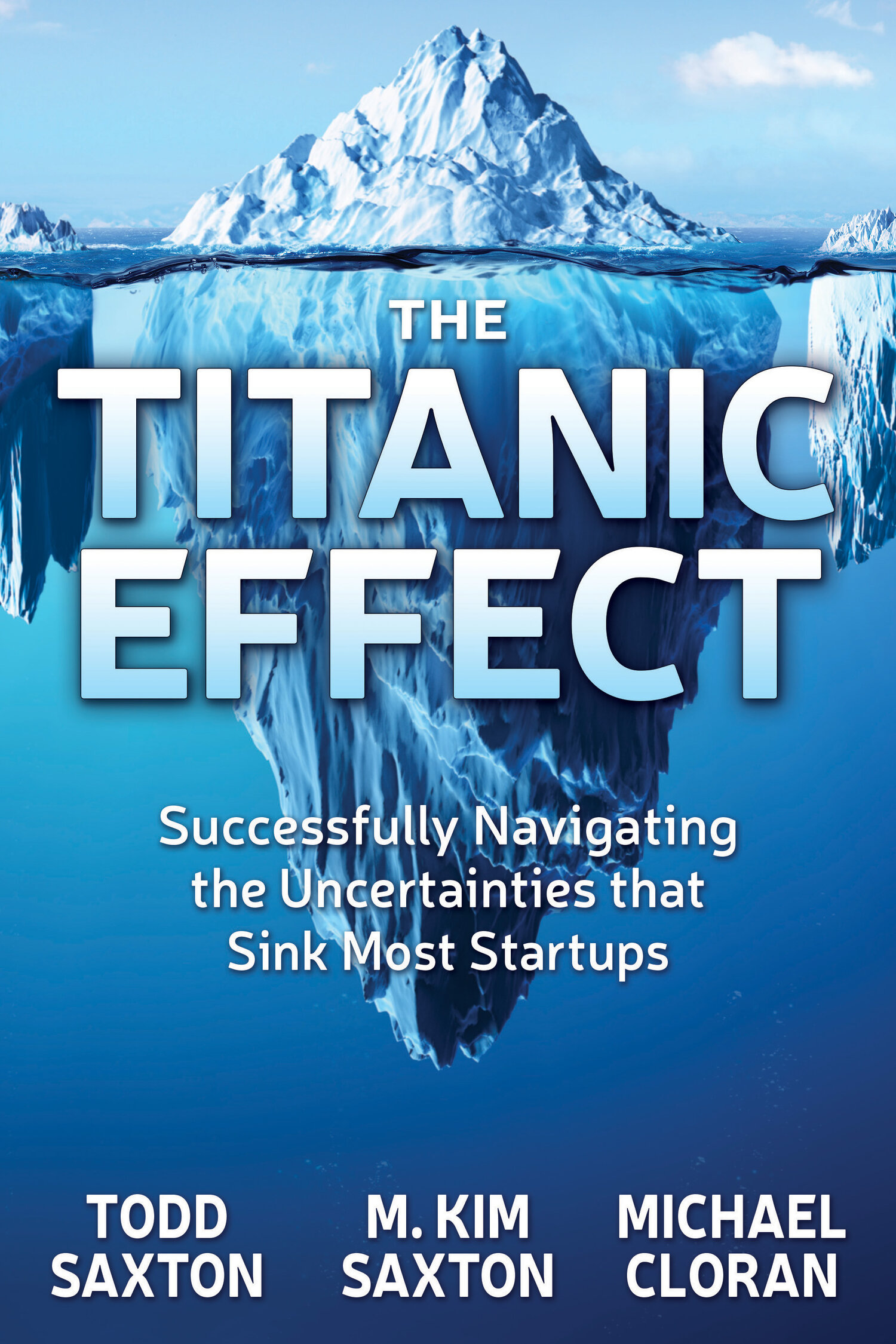Guest Blog by Sunny Lu Williams (sunny@techserv.io)
At the book launch for The Titanic Effect: Successfully Navigating the Uncertainties that Sink Most Startups, Kim and Todd asked me to share my personal insights leading innovation activities both within my former employer of 13 years, Telamon Corporation, and now my own company, TechServ. Here are the 3 ideas I shared about how I manage the uncertainty to succeed:
Know your Role on the Rig– You have to start by knowing your own strengths and weaknesses. Then, build a team to supplement your strengths. Teams’ skill sets should enhance the whole, especially complementing where the leader is weak. Be flexible about what role you take on as a leader, working from your strengths…










